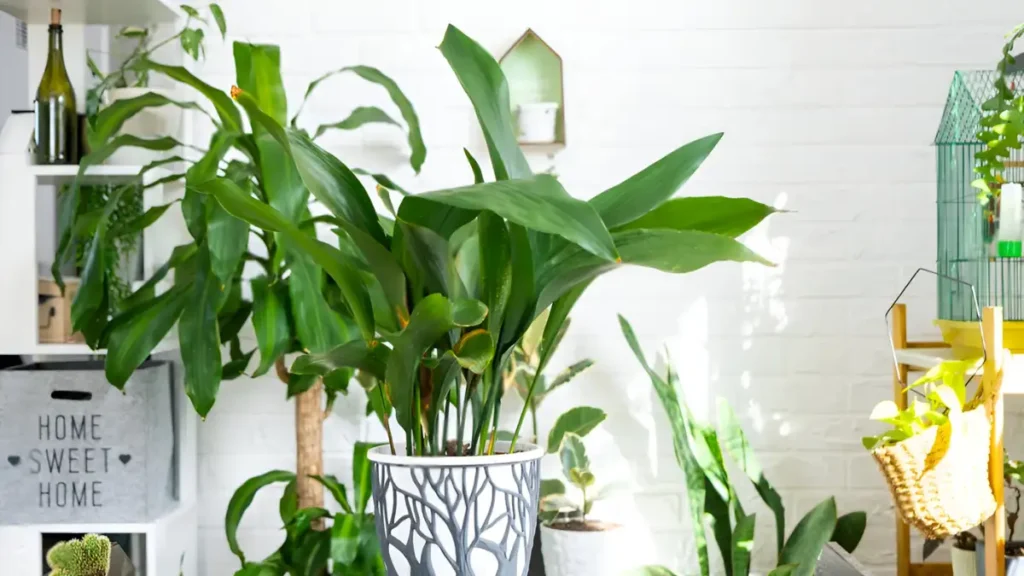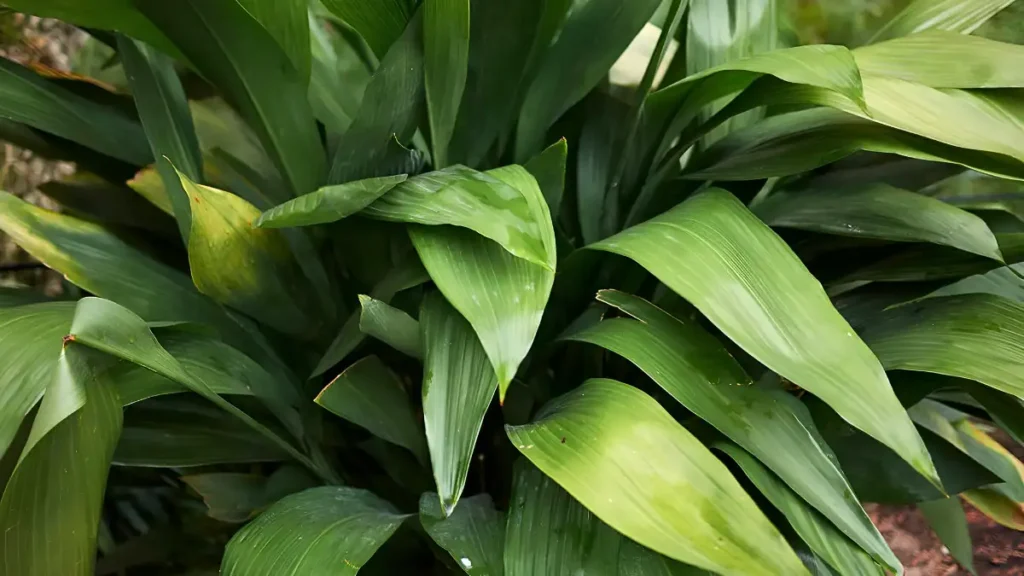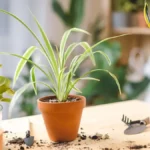Among the hardy and low-maintenance houseplants you can add to your indoor plants is the cast iron plant (Aspidistra elatior). Being well-known for its capacity to flourish in low light conditions and tolerate neglect, it’s a great option for anyone wishing to include some greenery in their house without worrying about ongoing maintenance. Native to China and Japan, cast iron plants are resilient, low maintenance, and visually pleasing in the yard or as houseplants. Most types have glossy, green leaves that grow to a height of 20 to 30 inches. Other variations feature foliage that is speckled, cream-toned, or variegated. Low-maintenance cast iron plants, such as pothos, snake plants, and ZZ plants, are excellent houseplants for novice gardeners. They grow best outside in USDA Zones 6–11, mainly in southern states and northern California, as groundcovers or border plants. We will go over all you need to know in this in-depth guide to develop and take care of your indoor cast iron plant so that it stays happy and healthy for many years.
Exploring the cast iron plant:
What is special about the cast iron plant?
The cast iron plant, originating from East Asia’s shadowed forests, is known for its resilience and longevity. Originating in low-light areas, it can withstand temperature swings, grow well in low light, and is highly drought-tolerant. Its dark green, leathery leaves evoke lushness and tropicalness.
Learn how to grow cast iron plant indoors:
1. Selecting the correct soil and pot
- To cultivate a cast iron plant indoors, choose the right soil and vessel, combining sand or perlite with potting soil. A pot with drainage holes is essential for the plant’s dislike of “wet feet” or soggy roots.
- For improved drainage, use a potting mix mixed with sand or perlite. If you want to prevent water retention, choose a pot with drainage holes. Avoid using too large pots, but make sure the size of the pot supports the plant’s root growth.
2. Cast iron plants light requirements
- Cast iron plants are popular low-light houseplants due to their ability to thrive in medium to brilliant indirect light. They should not be exposed to direct sunlight, as it can bleach and burn their foliage. Position the plant close to a window that faces east or north for best growth.
3. Watering the cast iron plant
- The cast iron plant is drought-tolerant and does not require regular watering. One of the few methods to destroy this tough plant is by root rot, which can be caused by overwatering. Allowing the soil to dry out in between waterings is preferable. Water the soil only when the top one to two inches have dried completely. Lower the frequency of watering during the winter. Don’t let the plant sit in too much water; instead, use room-temperature water.

Indoor cast iron plant care:
- Cast iron plants thrive between 60 and 75 degrees Fahrenheit, but they are not cold-resistant and should be brought indoors before frost. They can tolerate normal home humidity levels but may need extra if the house is dry. Bringing them indoors before frost is possible is crucial.
- Even though cast iron plants don’t require much fertilizer, giving them a little boost during the spring and summer might encourage stronger, healthier leaves. Use a balanced liquid fertilizer as directed by the package if your cast iron plant is a houseplant. Granular fertilizer is usually a preferable option if it is grown outside. Don’t fertilize too much, though, as the leaves may become solid green instead of variegation.
- The cast iron plant’s glossy leaves can collect dust, obstruct sunlight and hinder photosynthesis. Frequent wiping with a damp cloth is advised. Additionally, removing yellow or broken leaves can promote new growth without requiring severe trimming.
Discover how to propagate cast iron plant:
The division is a simple method for propagating cast iron plants, requiring them to be divided into smaller clumps with their root systems in early spring.
- Remove the plant from its pot with care.
- Make sure each area of the roots has a healthy amount of leaves and roots by gently separating the root clumps.
- Replant each division with fresh soil that drains well in a container of its own.
- Till they become established, give the young plants a little watering and put them in a shaded spot.

Conclusion:
Cast iron plant is a great option for any indoor space because of their striking appearance, low maintenance requirements, and capacity to flourish in low light. You can make sure your plant stays vibrant and healthy for many years to come by adhering to the maintenance instructions provided in this guide.
Certainly! If you’d like to learn more, please consider following our WhatsApp Channel: Harvest Gardening
A frequently asked questions:
Q1: What is another name for cast iron plant?
A1: Aspidistra elatior, also known as the barroom plant, is a cast iron plant known for its adaptability to low light levels and tenacity.
Q2: Are there different types of cast iron plants?
A2: Cast iron plants, such as Aspidistra elatior ‘Variegata’ and Aspidistra elatior ‘Milky Way’, have varying colors and patterns of leaves.



